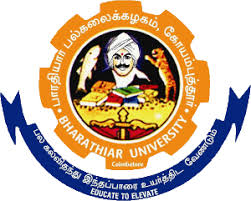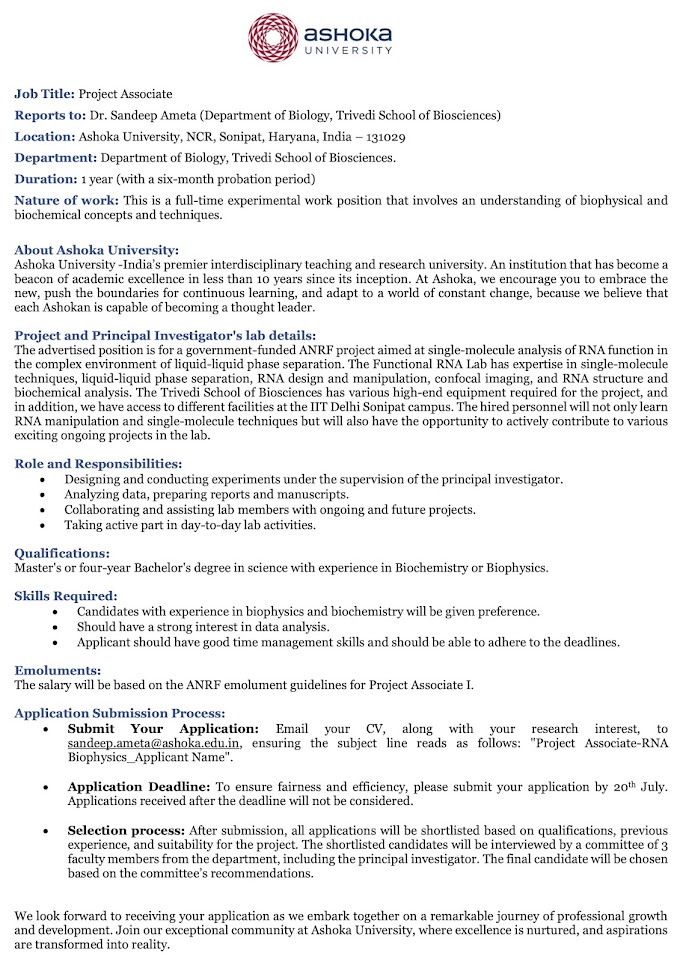CSIR JRF/NET Life Sciences Paper II Questions - 4
1. Where do you come across poly A tail. How it is synthesized. What is the use of it.
2. Which bonds are responsible for the maintenance of three dimensional structure of Proteins. Explain why?
3. What type of vegetation is expected at in Eastern Himalayas, above 3500 m altitude? What are the two important floristic elements of this zone?
4. What is coelom. Differentiate between Acoelom and pseudocoelom.
5. “Excess of ozone could be beneficial or detrimental for biological systems, depending on where it is found”. Discuss this statement with supporting examples.
6. Identify the phylum in which adults exhibit radial symmetry and larva exhibit bilateral symmetry.
7. Identify the process occurring in II and III. Give examples.

8. Discuss the role of Ca2+ ions in muscle contraction. Draw neat sketches to illustrate your answer.
9. Assume 2 proteins are linked by disulphide bridges, Can you design to a experiment to prove it?
10. Your original population of 200 was hit by a tidal wave and 100 organisms were wiped out, leaving 36 homozygous recessive out of the 100 survivors. If we assume that all individuals were equally likely to be wiped out, how did the tidal wave affect the predicted frequencies of the alleles in the population?
NOTE: assume the new population is at equilibrium AFTER the event - so you are comparing two populations what are at equilibrium to look for changes in allele frequencies.
What is the frequency of homozygous recessive?
What is the predicted frequency of heterozygotes?
What is the predicted frequency of homozygous dominant?
Given that the allele frequencies did change as the result of the tidal wave, we would say that microevolution has occurred. What do we call the phenomenon that caused this evolution?













0 Comments